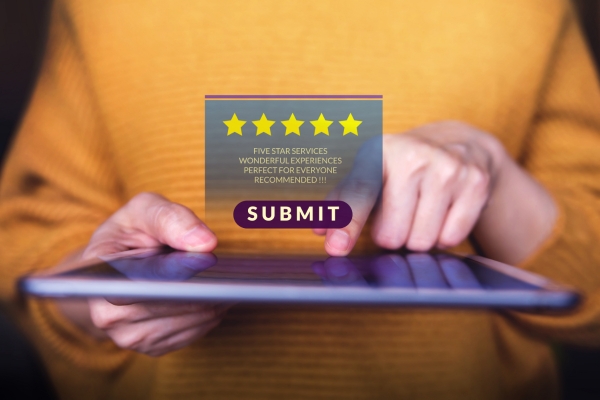Can I use a residential address for Google My Business?
So you’ve just launched your home-based business, and you’re wondering if you can use your residential address on Google My Business? Well, let’s cut to the chase: using a residential address for Google My Business is not recommended, and in some cases, it’s even against Google’s guidelines.
Sure, that may sound like a bummer… But don’t fret! Debugbar is here to provide you with alternatives to ensure your business can still have a presence on GMB (and therefore on Google Maps and Search).
Google My Business: an inevitable tool for local SEO
If you’re a small business owner, you probably already know that being noticed is half the battle.
That’s where Google My Business (GMB) strides in.
It’s a free tool from the tech giant that helps your business appear in local searches, namely Google Maps and Google Search.
In simpler terms, it puts your business on the map—literally!
Moreover, it’s a great channel for generating new leads and allows you to:
- Manage customer reviews,
- Add descriptions about your services,
- And include operational hours or contact information.
In essence, it’s your online storefront.

You have a home-based business? Houston, we have a problem!
Now, here’s the catch. Google’s updated guidelines make it clear that residential addresses can’t be listed on GMB listing.
Why? Because Google wants to ensure accurate representation of real-world locations for businesses.
If you decide to go rogue and use your residential address anyway… well, let’s just say the repercussions aren’t so friendly – suspended businesses accounts aren’t fun for anyone, are they?
Home-based businesses – we’re looking at freelancers, plumbers, builders who rely heavily on local searches – might find these guidelines like a wrench in their plans. But don’t despair! There are workarounds.
Houston, we have some solutions for address challenges!
When life gives you lemons (like Google’s guidelines), it’s time to make lemonade. Here are your options:
Option 1: Service-area business
This option lets you specify up to 20 service areas if you don’t serve customers at your location.
As a bonus, it hides your residential address from the public too!
It’s your GMB knight in shining armor.
Setting this up is simple:
- Create a Google My Business listing.
- During the setup, make sure to select ‘I don’t serve customers at my business address”.
- Further along, you will be asked to specify your service areas. You can input up to 20 different zones.
And voila! Your customers now know where they can avail your services, and your residential address stays private.
It’s a win-win.
If you’ve decided to opt for a Service-Area Business setting, here’s what you need to know:
- You can list one listing for the central office with the designated service area.
- Your residential business address should be hidden from customers.
- The service area should generally not extend more than 2 hours of driving time from the business base.
- Operating from virtual offices isn’t permitted unless it’s staffed during business hours.

Option 2: Commercial address
Sure, renting a local commercial property or a virtual office can’t exactly be classified as ‘easy on the pocket’. But, it could save you from the hassle of hiding your residential address and provide an actual space for your business operations.
Here’s how you can get started:
- Find and rent a commercial space in your area of operations.
- Ensure it’s staffed during your open hours-Google takes this seriously!
- Put a visible sign with your business name-Google loves this too!
You’re not just getting an address for GMB here, but also a dedicated workspace.
Additional rules and guidelines: ensuring compliance
Getting around the GMB rules is no easy feat. But keep these guidelines in mind, and you will be golden:
- Don’t use P.O. boxes or remote mailboxes as your business address.
- Your business location should accurately represent your real-world location.
- Only one profile per physical location is permitted, with exceptions for individual practitioners and departments within larger institutions.
- Use a company email for GMB to keep your personal and business activities separate.
Residential address for Google My Business: the bottom line
In conclusion, using a residential address for Google My Business isn’t the best course of action due to Google’s guidelines.
However, two viable solutions exist: setting up as a Service-Area Business or renting a commercial address.
To recap:
- A Google My Business listing is essential for local SEO.
- Residential addresses are not permitted on GMB.
- You can choose either to set up as a Service-Area Business or rent a commercial address.
- Make sure to comply with all of Google’s guidelines to avoid account suspension.